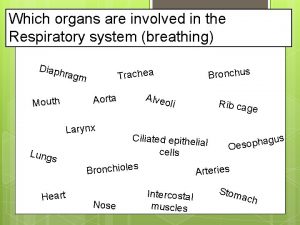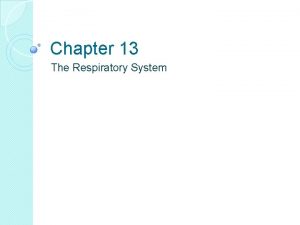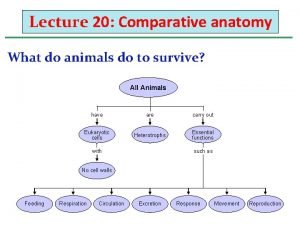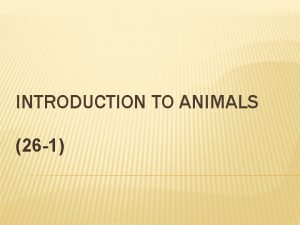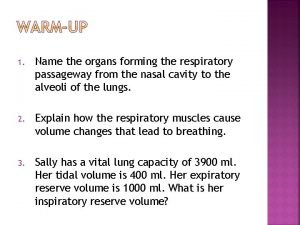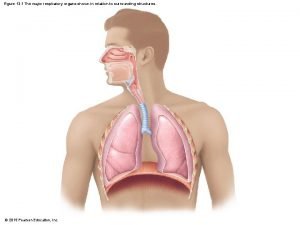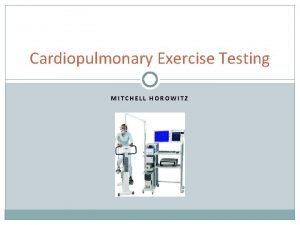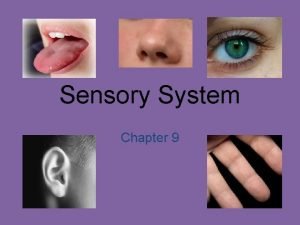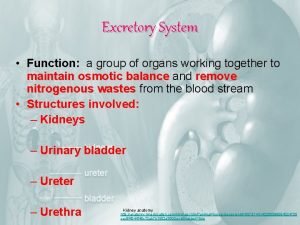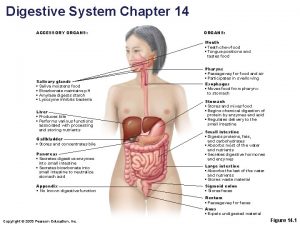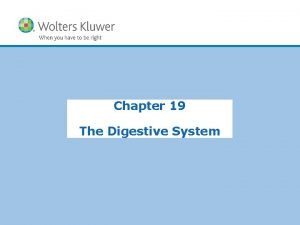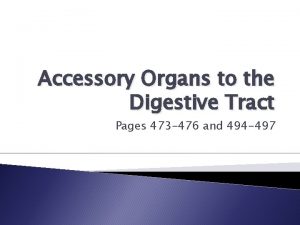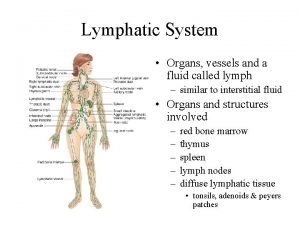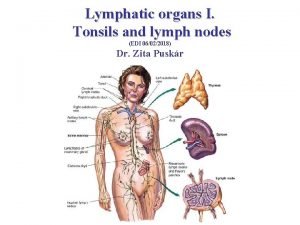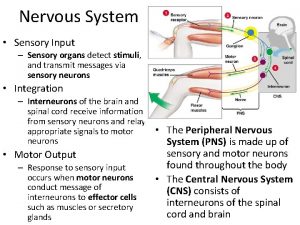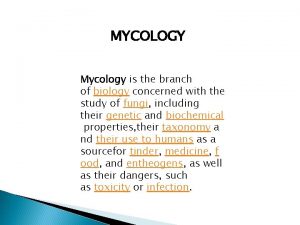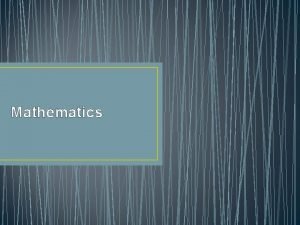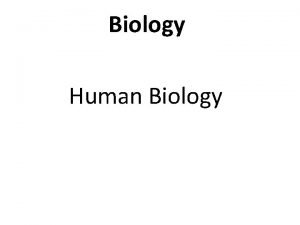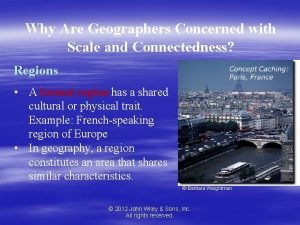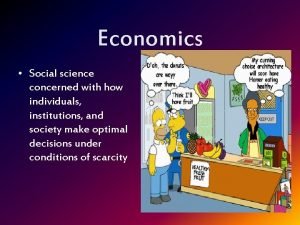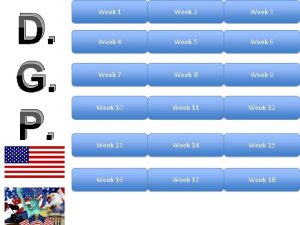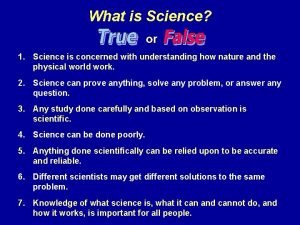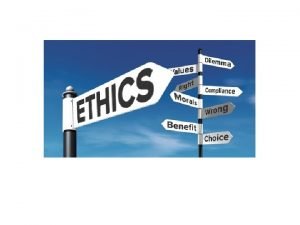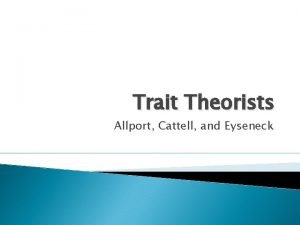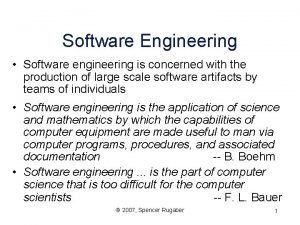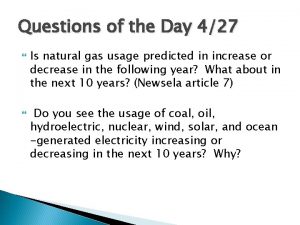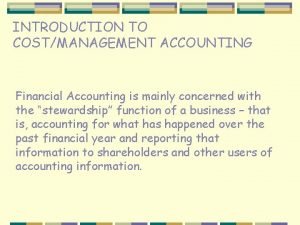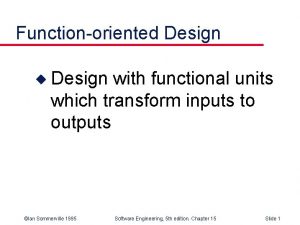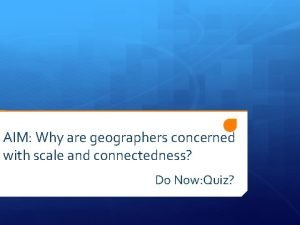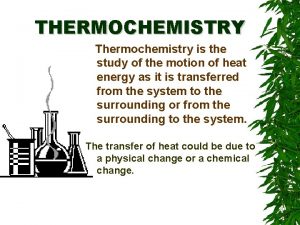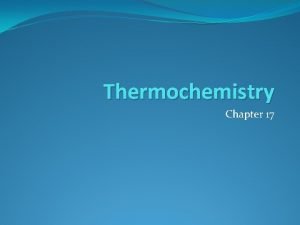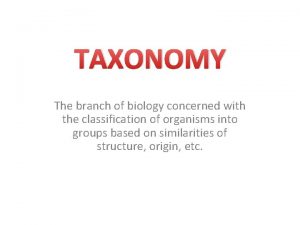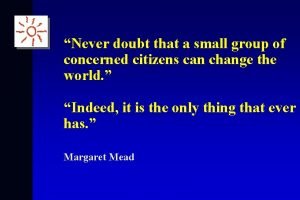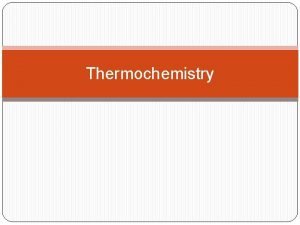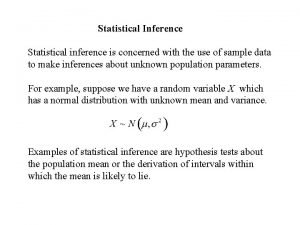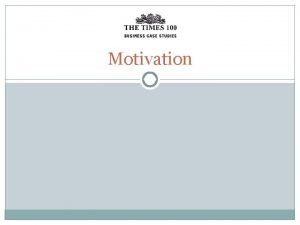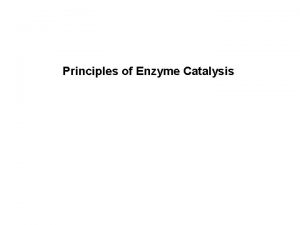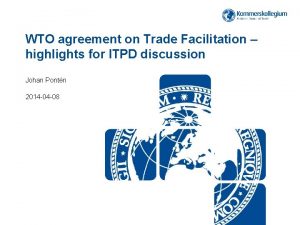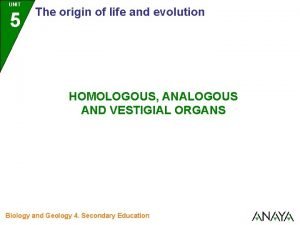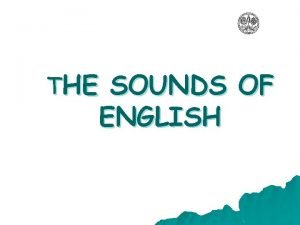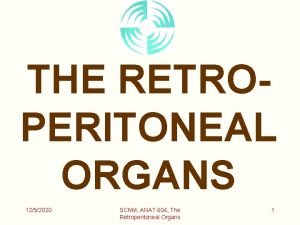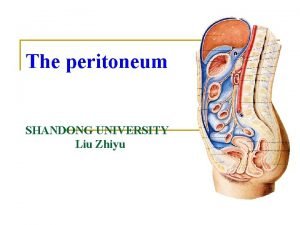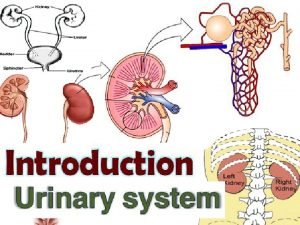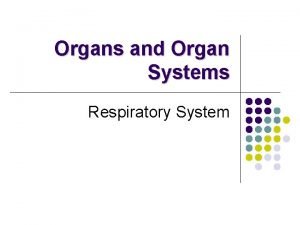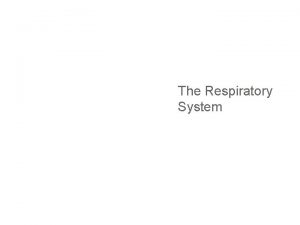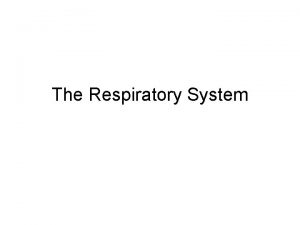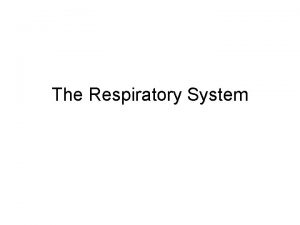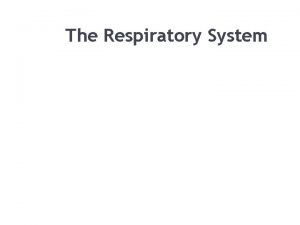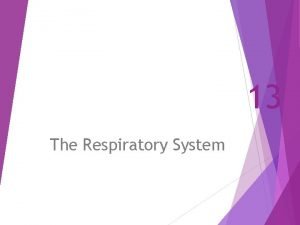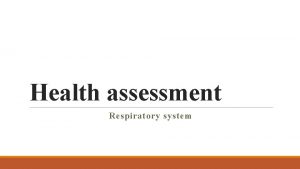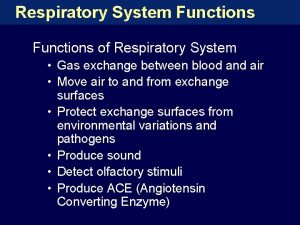Respiratory System Respiratory System Organs concerned with exchange































































- Slides: 63

Respiratory System

Respiratory System • Organs concerned with exchange of gases between animal and environment • Not ______ respiration (glucose broken down to make ATP)

Respiratory System • External respiration: exchange of gases between air in lungs and blood • Internal respiration: exchange of gases between blood and body tissues

Respiratory System • Divisions of respiratory system – Upper respiratory system: Nose, throat and trachea – Lower respiratory system: Lungs (bronchi, bronchioles, alveoli)

Respiratory System • Upper respiratory system – External nares (nostrils) – Nasal cavity: contains nasal turbinates (paper thin bones). Covered with mucous membranes. Functions: warm and humidify air, filter air (dust particles, etc. )

Respiratory System • Upper respiratory system – Nasopharynx: contains tonsils. ____ tissue. Used to protect respiratory system from airborne infections, but not vital (often removed).

Respiratory System • Upper respiratory system – Larynx: voicebox. Vocal cords: bands of connective tissue that _____ when air passed over them – Neck, cheek, mouth and tongue form sounds into words.

Respiratory System • Lower respiratory system – Trachea – Bronchus (left and right) – Bronchioles – Alveolar sacs – Alveoli

Respiratory System • Lower respiratory system – Diaphagm (only in mammals): made of muscles and tendons – Pleural cavity (partial ______) – Intercostal muscles (between ribs)

• Inhalation Respiratory System – 1) Intercostal muscles contract (ribcage raises) – 2) Diaphragm contracts (moves downward) – 3) Volume of pleural cavity increases – 4) Internal lung pressure decreases – 5) Air enters lungs

• Exhalation Respiratory System – 1) Intercostal muscles relax (ribcage lowers) – 2) Diaphragm relaxes (moves upward) – 3) Volume of pleural cavity decreases – 4) Internal lung pressure increases – 5) Air leaves lungs

Respiratory System • Sucking chest wound (not the song) – Pleural cavity unsealed – Lung collapses as air pressure difference between chest cavity and outside kept constant by wound (air flows in and out of wound)

Respiratory System • Gas transport: overall plan – 1) Heart pumps low oxygen blood to lungs – 2) Oxygen in and carbon dioxide out – 3) Blood returns to heart and is pumped to body – 4) Oxygen out of blood and carbon dioxide in

Respiratory System • Gas transport – Oxygen non-polar: not very _____ in water – Hemoglobin: protein that binds with oxygen. Contains Fe in each chain, which binds oxygen.

Respiratory System • Red blood cell or rbc (ethrythrocyte) contains 300 million hemoglobin molecules. Each molecule binds to 4 oxygen molecules. 1200 million oxygen molecules on 1 rbc!

Respiratory System • Carbon dioxide transported in 3 ways: – 1) Dissolved in plasma (_______% of CO 2) as bicarbonate (HCO 3 -). – CO 2 + H 2 O forms H 2 CO 3 which forms H+ and HCO 3– This also affects p. H of blood. More CO 2 means lower blood p. H.

Respiratory System • Carbon dioxide transported in 3 ways: – 2) Bound to hemoglobin (25%). Binds to amino acids, not to Fe. – 3) Dissolved in plasma as CO 2 (8%).

Respiratory System • Control of breathing: – Brain stem center monitors blood p. H – If p. H drops, then too much CO 2 in blood – Breathing rate _______ in response.

Circulatory System

Circulatory System • Functions: – 1. Transport of materials (gases, nutrients, wastes) – 2. Temperature regulation

Circulatory System • Functions: – 1. Transport of materials (gases, nutrients, wastes) – 2. Temperature regulation – 3. Carries _______ hormones – 4. Protection (immune defense, blood clotting)

Circulatory System • Types in animals: – None! Phylum Platyhelminthes, Nematoda, Echinodermata, etc. Circulation can occur (ex, nematodes) due to body movements.

Circulatory System • Types in animals: – Open. Phylum Arthropoda, Mollusca. No capillaries: have _____ into which blood flows from vessels.

Circulatory System • Types in animals: – Closed. Phylum Annelida, Chordata. Blood always stays in vessels as it circulates.

• Vessels: Circulatory System – Arteries (carry blood away from heart): large diameter – Thick elastic muscular walls. Can handle high blood pressure – Connective tissue sheath outside, endothelium inside.

Circulatory System • Vessels: – Arterioles (carry blood away from heart): small diameter (microscopic) – Smooth muscle controls blood flow. Vasoconstriction is contraction to cut flow down – Vasodilation is relaxation to increase flow.

Circulatory System • Vessels: – Precapillary sphincters: smooth muscle valves on some arterioles near capillaries. Can cut off blood flow – Important: most capillaries not open simultaneously (blood pressure would ______ critically). Parts take turns.

Circulatory System • Vessels: – Capillaries: very small diameter (8 micrometers: rbc only 5 -7 micrometers wide). Where most exchange of materials takes place – Every cell in body within 100 micrometers of a capillary! – 250, 000 capillaries in area size of little fingernail

Circulatory System • Vessels: – Capillaries connect arteriole to venule – No smooth muscle, just endothelium (note diagram in error: capillary on upper right)

• Vessels: Circulatory System – Venules (carry blood toward heart): small diameter (microscopic) – Smooth muscle thin. Pressure low (_____% of arteries). Connective tissue sheath outside, endothelium inside – Veins (carry blood toward heart): large diameter Note: labels for vein and capillary are reversed in diagram

Circulatory System • Vessels: – Veins often have one-way valves. Muscle contractions can help move blood through valves

Circulatory System • Vessels: – Varicose veins: weakened valves in legs allow backflow. Small veins bulge with venous blood.

Circulatory System • Lymphatic system: open circulatory system

Circulatory System • Blood plasma fluid in tissues (interstitial fluid) bathes tissues. Not all returns to blood capillaries • Lymphatic capillaries, vessels, nodes, organs • Capillaries collect _____ (lymph) and pass to larger vessels

Circulatory System • Lymphatic system vessels: little smooth muscle in walls • Have series of one-way valves. Fluid moves mainly due to _______ of nearby skeletal muscles Fluid moves left to right here

Circulatory System • Lymph system functions • 1) Drain excess fluid from tissues (recall elephantiasis, where nematodes clog system)

Circulatory System • Lymph system functions • 2) Involved in fat absorption from ______ (covered)

Circulatory System • Lymph system functions • 3) Fights infection at lymph nodes (about 100 in human body) – Bean shaped, various places.

Circulatory System • Lymph system functions • 3) Produce B- and T-lymphocytes. These produce antibodies that detect foreign materials (ex, bacteria) – Nodes become _______ in areas downstream of infection as lymphocytes attack invaders

Heart • Major organ of circulatory system • Enclosed in membrane called pericardium • Pumps blood into arteries.

Heart • Humans (vertebrates in general) have 4 chambered heart that functions in 2 sets of 2 chambers • Chambers called _____ receive blood, pump it into more muscular chambers called ventricles, which send blood away from heart.

Heart • One set receives deoxygenated blood and sends it to lungs (pulmonary circulation) – Right atrium (receives deoxygenated blood) from superior (from head) and inferior (from lower body) vena cava arteries – Right ventricle (pumps it to lungs) via pulmonary _____.

Heart • Second set receives oxygenated blood from lungs and sends it to body (systemic circulation) – Pulmonary vein brings oxygenated blood to left atrium – Left ventricle pumps oxygenated blood to body via _____.

Heart • Note valves: prevent backflow of blood when chamber contracts • Tricuspid valve: between right atrium and ventricle • Bicuspid valve: between left atrium and ventricle

Heart • Note valves: prevent backflow of blood when chamber contracts • Semilunar valves (aortic and pulmonary): between ventricles and arteries that receive blood from them.

Heart • Chordae tendinae and papillary muscles keep bicuspid and tricuspid valves ______.

Heart • Beating controlled by special groups of cardiac muscle cells (called nodes) that generate impulse • Other cells then transmit impulse to one another via intercalated discs.

Heart • SA node (right atrium) originates beat • Causes ____ to contract (ventricle relaxed at this time).

Heart • AV node receives stimulus • Sends to ventricle cells through specialized cardiac muscle cells called Purkinje fibers • Ventricle cells then contract (after atria relax)

Heart • Heart sound: Lub-dub • Lub: biscuspid and tricuspid valves closing as ventricles contract • Dub: aortic and pulmonary semilunar valves closing as ventricles re-fill

Heart • Autonomic nervous system influences heartbeat rate – Sympathetic nerves: accelerate – Parasympathetic nerves: slow rate – Some hormones (ephinephrine = adrenalin): _______ rate.

Blood • Connective tissue: cells in matrix • Matrix: plasma.

Blood • Plasma components: – 1. Water (______%) – 2. Salts (Ca, K, Na) – 3. Proteins • globulins: large immunoglobins (antibodies) • albumins: osmoregulation (most abundant blood protein) • fibrinogen: helps clotting. Serum is plasma minus fibrinogen – – – 4. Glucose (regulated by glucagon and insulin) 5. Glycerol and fatty acids 6. Hormones 7. Urea (nitrogenous waste) 8. Carbon dioxide and bicarbonate

Blood • Cells (called formed elements) – Erythrocytes (red blood cells: rbcs): no nucleus, biconcave disc shape, flexible. Origin: red bone marrow

Blood • Cells (called formed elements) – Leukocytes (white blood cells: wbcs): have nucleus. <___% of blood cells

Blood • Cells (called formed elements) – Granular leukocytes (granulocytes) • Lobed nucleus and look grainy • Phagocytic cells. Fight infection, produced by red marrow • Types: neutrophils (stain well with neutral p. H dye), basophils or mast cells (stain well with basic p. H dye), eosinophils (stain well with eosin).

Blood • Cells (called formed elements) – Agranular leukocytes • Large nucleus, no ______ present • Formed in lymph nodes • Types: Monocytes (become macrophages in tissues, largest phagocytic cells, nucleus kidney bean shaped), Tlymphocytes (phagocytes), B-lymphocytes (make antibodies)

Blood • Cells (called formed elements) – Thrombocytes (platelets) • No nucleus. Fragments of red bone marrow cells • Function in clotting of blood.

Blood Summary • Cells (called formed elements) – Thrombocytes (platelets) • No nucleus. Fragments of red bone marrow cells • Function in clotting of blood

Blood Clotting • Blood vessel wall broken • Platelets stick to each other and to break. Release______ factors.

Blood Clotting • Protein called prothrombin converted to thrombin, which causes fibrinogen in plasma to become fibrin (protein threads) • These threads bind together platelets and blood cells to make clot.

How Phagocytic WBCs work • • Damage to tissues Mast cells release _____ Causes blood vessels to dilate Increases permeability of capillaries.

How Phagocytic WBCs work • Neutrophils and monocytes stick to lining of capillary • Squeeze through wall into tissue • Locate and ____ invading cells.
 Which organs are involved in respiratory system
Which organs are involved in respiratory system Respiratory system organs
Respiratory system organs Invertebrate respiratory system
Invertebrate respiratory system Respiratory organs of invertebrates
Respiratory organs of invertebrates Organs forming the respiratory passageway
Organs forming the respiratory passageway Upper respiratory diagram
Upper respiratory diagram Figure 13-1 is a sagittal view of the upper
Figure 13-1 is a sagittal view of the upper Respiratory zone of the respiratory system
Respiratory zone of the respiratory system Picture description exercise
Picture description exercise Digestive system respiratory system and circulatory system
Digestive system respiratory system and circulatory system Addison currency exchange
Addison currency exchange Voluntary exchange
Voluntary exchange Gas exchange key events in gas exchange
Gas exchange key events in gas exchange Sensory system organs
Sensory system organs Function of the excretory system
Function of the excretory system Function of the organs in the digestive system
Function of the organs in the digestive system Accessory organs of the digestive system
Accessory organs of the digestive system Major and accessory organs of the digestive system
Major and accessory organs of the digestive system Red and white blood cells difference
Red and white blood cells difference Formation of lymph
Formation of lymph Hemicapsule
Hemicapsule Function of lymphatic system
Function of lymphatic system Organs of the sensory system
Organs of the sensory system Chapter 16 endocrine system
Chapter 16 endocrine system Tiny air sacs at the end of the bronchioles
Tiny air sacs at the end of the bronchioles Circulatory system and respiratory system work together
Circulatory system and respiratory system work together Design issues of network layer
Design issues of network layer Branch of biology concerned with the study of fungi
Branch of biology concerned with the study of fungi Concerned with quantity
Concerned with quantity Biology is concerned with
Biology is concerned with Formal vs functional region
Formal vs functional region Cuss communication
Cuss communication What is economics in social science
What is economics in social science Dgp week 17
Dgp week 17 Pluralist democracy
Pluralist democracy Science is concerned with
Science is concerned with Science is concerned with
Science is concerned with Branches of ethical philosophy
Branches of ethical philosophy Allport cardinal traits
Allport cardinal traits Spencer rugaber
Spencer rugaber Union of concerned scientists
Union of concerned scientists Bookkeeping is mainly concerned with
Bookkeeping is mainly concerned with Structural decomposition is concerned with function calls.
Structural decomposition is concerned with function calls. Why are geographers concerned with scale and connectedness
Why are geographers concerned with scale and connectedness Thermochemistry is the study of
Thermochemistry is the study of Thermochemistry is concerned with the study of
Thermochemistry is concerned with the study of Dichotomous key
Dichotomous key Never doubt a small group of concerned citizens
Never doubt a small group of concerned citizens Message authentication code vs digital signature
Message authentication code vs digital signature Biology is concerned with
Biology is concerned with Biology is concerned with
Biology is concerned with As far as i m concerned
As far as i m concerned Thermochemistry is concerned with the
Thermochemistry is concerned with the Statistical inference is concerned with
Statistical inference is concerned with Social motivaiton
Social motivaiton Thermodynamics is concerned with
Thermodynamics is concerned with Itpd
Itpd Homologous analogous and vestigial structures
Homologous analogous and vestigial structures 20 vowel sounds with examples
20 vowel sounds with examples Primary and secondary retroperitoneal organs
Primary and secondary retroperitoneal organs Ligament of the stomach
Ligament of the stomach Ligaments of stomach
Ligaments of stomach Ligamentum teres
Ligamentum teres Adh role
Adh role
